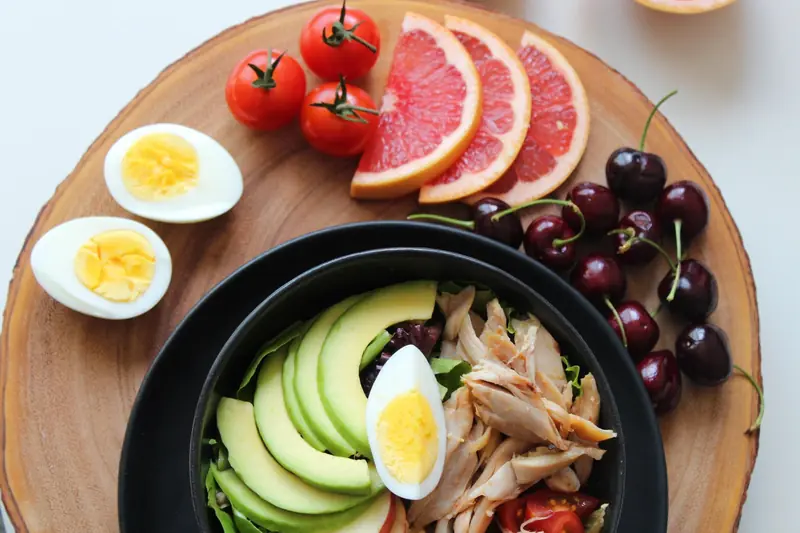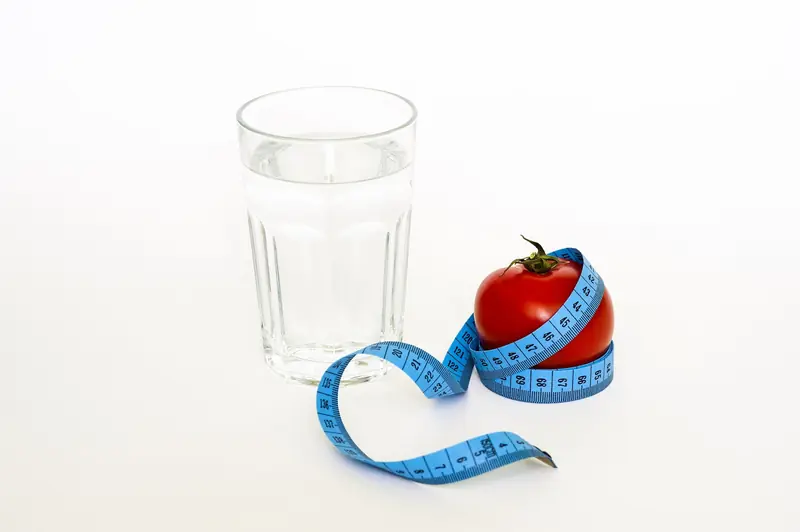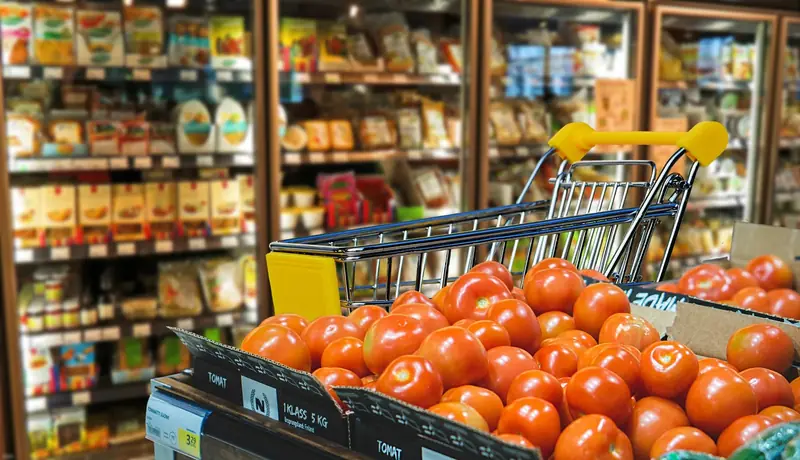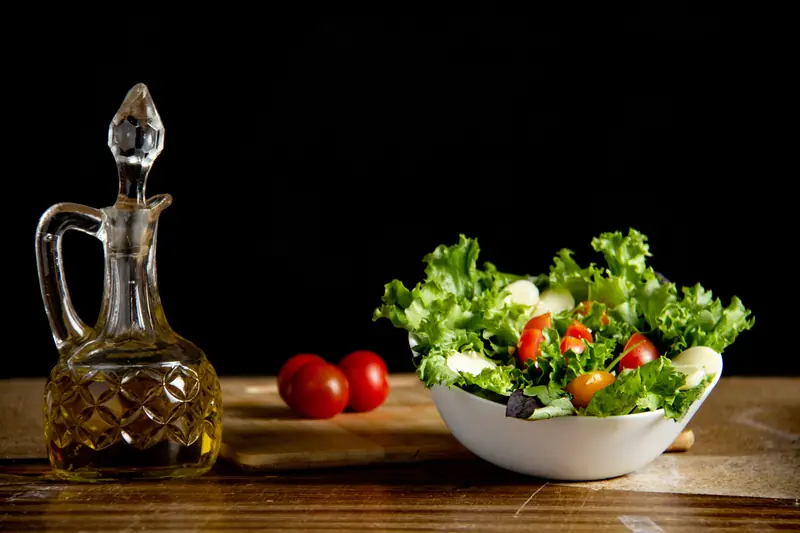
Modern weight loss strategies involve working with nature, utilizing bioactive components, considering the energy content of foods, and tricking the appetite.
Weight Loss According to Lunar Rhythms
The body’s goal is to accumulate energy during the waxing moon and actively expend it during the waning moon. Therefore, food is absorbed differently during various lunar phases: during the waxing phase, absorption is maximized, leading to energy storage, while during the waning phase, the body burns calories more efficiently without storing anything for later. By aligning with lunar rhythms, one can effectively normalize their weight. It’s more rational to conduct detox days during the waning moon when the body naturally eliminates waste. Eating according to lunar rhythms can be considered the gentlest form of fasting, allowing for a weight loss of 3-5 kg per month.

On the first day of the moon, start by cleansing the intestines with a chamomile enema. Eat as usual that day, but reduce portion sizes by half. At night, perform another chamomile enema and refrain from eating.
On the second day of the moon, there should be no food or drink. You may only hold slightly acidic water in your mouth to alleviate dryness. Two more days in the lunar cycle should be equally strict: the 14th and 28th days. Before a day of “dry” fasting, cleanse the intestines with an enema.
The 8th, 10th, 11th, 12th, 18th, 20th, 25th, and 29th lunar days are designated for “wet” fasting. During these days, consume nothing but drinks: still water or chamomile tea (no more than 3 liters per day to avoid overloading the kidneys and flushing out essential nutrients).
In between “dry” and “wet” fasting, you can eat as usual, following the rule that during the waxing moon, the amount of food should be halved from your regular diet, with dinner omitted.
This weight loss method allows the body to maintain nourishment, receive necessary substances for normal functioning, and simultaneously “rest” on detox days.
Biologically Active Additives
Critics of this method express skepticism, arguing that dietary supplements are not medications, do not undergo clinical trials, and lack serious registration procedures, thus their effectiveness is unproven and side effects are not well-studied. Nevertheless, let’s examine the components of dietary supplements designed for weight loss.
Bromelain. This enzyme from pineapple quickly burns fat, breaks down proteins, improves microcirculation, and reduces swelling in subcutaneous fat tissue.
Grapefruit extract. The benefits of this supplement include its antioxidant properties due to the ability of bioflavonoids to regulate metabolism.
L-Carnitine. A deficiency of this amino acid, which is produced in our bodies and helps fatty acids penetrate cells, negatively affects organ function.
Chromium picolinate. This trace element helps manage hunger pangs and dizziness during dieting. Chromium aids in maintaining normal blood sugar levels by stimulating carbohydrate metabolism.

It’s also important to remember the potential side effects of using dietary supplements for weight loss. In pursuit of quick results, manufacturers often include diuretics and laxatives in their products, the uncontrolled use of which can lead to dehydration, kidney and heart failure, dysbiosis, and other unwanted consequences. Weight loss achieved through these means is often temporary; once water returns to the tissues, the lost weight will return as well.
What is Molecular Cuisine?
Modernist culinary techniques are built on a scientific approach to cooking. Based on chemical and physical knowledge, they use innovations to enhance the textures and flavors of familiar dishes and create unusual products.
The first example of new food was presented in 1999 by British chef Heston Blumenthal, who created a mousse from caviar and white chocolate (the amines in these seemingly distant components turned out to be similar and easily blended). As a result of molecular experiments, new products emerged: ginger strawberry (a fruit that combines warm and cold flavor tones); mangolino (mango with a woody taste); black pepper flavored like cured sausage; jelly with the taste of tomato soup, pickles, or radishes; crab syrup, and more.
The essence of molecular cuisine lies in changing the cooking technology of traditional dishes, inventing new recipes based on familiar ingredients, and incorporating dietary supplements into the diet. Unlike harmful chemical innovations that use artificial flavors, colors, and additives, molecular cuisine considers the chemical composition and physical state of natural products, resulting in balanced dishes.
The downside of these technologies is their cost, which is inevitable due to the specialized knowledge required by chefs and the unusual kitchen equipment: thermostats, centrifuges, siphons, smoking guns, vacuum dehydrators, and shock-freezing devices. When molecular technologies become more accessible, they may help some people lose weight by reconciling delicious food with health benefits.
Weight Loss Recipes from Molecular Cuisine
You can start with the simplest dishes that don’t require complex equipment. The following recipes are designed for home cooking.
Tomato Soup Cubes
Ingredients: chicken broth – 350 ml, carrot – 1 medium root, green onion – half a stalk, cherry tomatoes – 6 pieces, tomato paste – 2 tablespoons, garlic – 2 cloves, agar-agar – 1 packet, salt, pepper, and herbs to taste.
In boiling broth, add sliced vegetables, season with tomato paste, and add spices and herbs. Simmer over medium heat for 20 minutes. After cooling, puree the soup, strain it through cheesecloth, and pour it into a pot. Add the packet of agar-agar and, stirring, bring to a boil. Remove from heat, pour into molds, and let it set in the refrigerator.
Protein-Yolk Paste
Ingredients: chicken eggs – 2 pieces per serving.
Place the eggs in a ceramic baking dish, cover with water, and seal with a lid. Cook in a gently heated oven at 64°C (147°F). After two hours, the eggs will transform into a delicate cream-like paste. This texture is convenient for spreading on bread or using in sauces.

Green Spaghetti
Ingredients: arugula – 50 g, water – ½ cup, agar-agar – 1 packet.
Prepare a blender, pastry syringe, and silicone tubes.
Roughly tear the arugula, cover it with water, and blend until it reaches a puree-like consistency. Transfer to a pot, add agar-agar, and bring to a boil while stirring continuously. Remove from heat and fill the syringe with the mixture, then squeeze the puree into the attached silicone tube. Remove the tube and cool it in cold water to set. After five minutes, remove the green spaghetti by attaching the tube to the syringe filled with air and extruding the mixture onto a plate.
Chocolate Mousse
Ingredients: chocolate (62% cocoa) – 225 g, water – 200 g, ice – 200 g.
Melt the chocolate bar. In a large bowl, pour in cold water and add ice. In a smaller bowl, pour in the melted chocolate and place it in the ice water. Whip the chocolate mixture with a mixer until it reaches a soft but stable consistency.

Calorie Counting
It turns out that the calorie counts on food labels can be misleading due to outdated methods of calculating calories.
The calorie counting system was first developed in the 19th century by American chemist Wilbur Atwater, who simply burned food products and measured the amount of energy released during combustion. He assessed the energy expenditure of the body in a similar manner, counting the calories in waste products. It was determined that each gram of proteins and carbohydrates contains 4 kcal, while each gram of fats contains 9 kcal. These figures are still used in calorie calculations today. However, 21st-century nutritionists recommend adding an additional 25% to the numbers on the label to account for modern food technologies.
After all, it’s not just about the potential energy in food, but also about how much of it we can actually absorb. The chewing process affects the outcome: since muscles are engaged, calories are expended. Fiber and protein are the hardest for the body to process. Processed foods are absorbed more quickly and completely. For the same energy value, a store-bought patty will yield more calories than whole meat.
By the way, you no longer need to fuss with tables and calculators: by installing a special app on your device, you can simply take a photo of your meal. American developers have introduced technology that determines calorie content based on the appearance of food. The software recognizes the components, estimates the quantity, and converts the information into calories. The potential error is only 3.7%.

How to Lose Weight at Home
You can maintain a healthy weight without counting calories.
Rules for Choosing Foods
- Prefer plant-based foods; if you consume meat, opt for the tissues of herbivorous animals raised in natural conditions.
- Proven weight loss foods include whey protein, cucumbers, tomatoes, zucchini, corn, culinary herbs, and spices.
- The best products are organic, meaning they are environmentally friendly and grown without pesticides and chemical fertilizers.
- Reduce the proportion of “white” in your diet (salt, sugar, flour, white rice) in favor of “colorful” (vegetables, fruits, whole grain bread, brown rice).
- If a product’s packaging lists more ingredients than you can count on your fingers, it’s likely not healthy.
- If you encounter something unfamiliar in the product’s composition, refrain from purchasing it. Some chemical additives can cause allergies and cancer.
- The closer a product is to its “original” form, the healthier it is: fresh tomatoes are better than ketchup, nuts are better than nut oil, and whole meat is healthier than processed meat.

What Reduces Appetite?
Sometimes, to lose weight, it’s enough to consume foods that suppress appetite.
- Leafy vegetables – spinach and cabbage. The body expends a significant amount of energy to process them, so this diet does not pose a risk of gaining excess weight.
- Pine nuts. The fatty acids they contain actively produce cholecystokinin – a hormone responsible for appetite and satiety.
- Olive oil. This type of oil is known to reduce appetite.
- Hot food (especially hot soup) affects the brain through its aroma and creates a feeling of fullness.

Raw is Better
American scientists have proven that cooked food is richer in calories than raw. Boiled or fried foods contain more energy than the sum of all their raw ingredients. This pattern was discovered by researchers at Harvard University, who fed two groups of laboratory mice processed and raw food over 40 days. The results led to the conclusion that the established dietary style during evolution does not meet today’s human needs. Changes associated with the “taming” of fire and the shift to processed food provided humanity with a significant boost in development. However, today we expend much less energy than our primitive ancestors and do not require as many calories as were necessary for survival in the past. Therefore, there is little sense in processing foods – we can return to minimal processing and raw food diets. Keep this recommendation in mind when choosing home weight loss methods.
